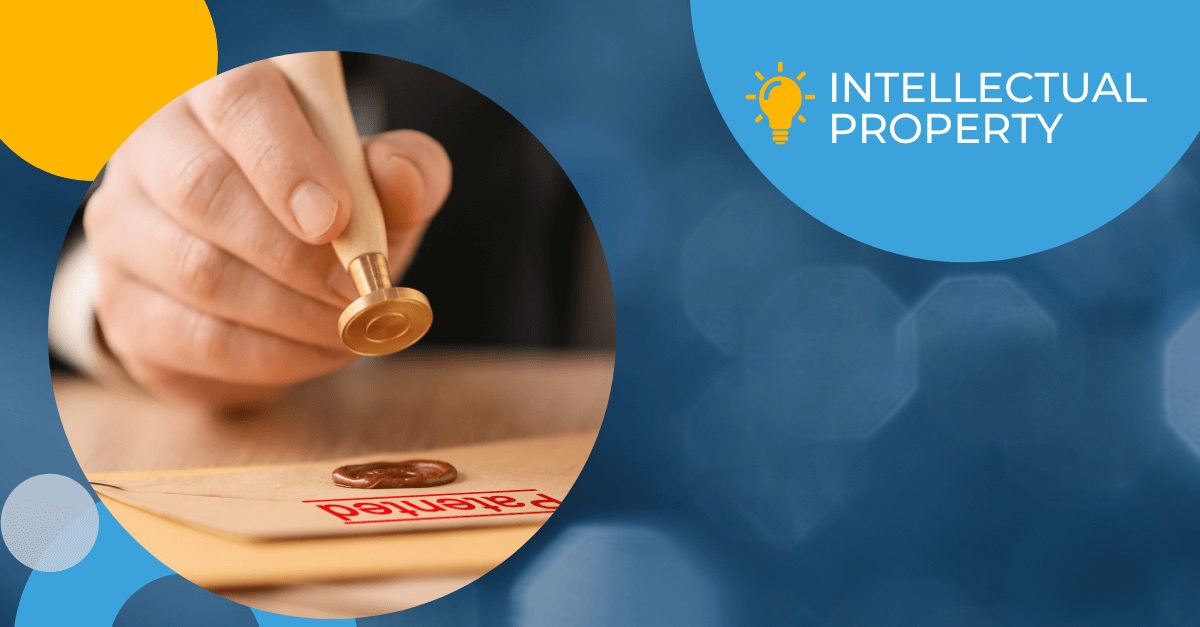Do you use Visual Voicemail? This system allows users to select which voicemail they want to listen to out of a list of all voicemails received. It seems like an obvious solution to the problem of traditional voicemailboxes, where it was previously accepted that we’d always have to tap our way through each message to get to the next, and yet, Klausner Technology successfully patented “visual voicemail” in the 1990s (patents 5,572,576 and 5,283,818). Now, Apple and many other companies license those seemingly obvious patents.
Many of the best inventions are like this, and it’s one of the reasons it can be so hard for inventors to assess whether their own invention is obvious or not. Patent attorney Gene Quinn, founder and editor of IPWatchdog, opines, “Indeed, one of the most frustrating things I do as a patent attorney is advise inventors on whether their invention is obvious.” And it’s important: Nonobviousness is one of four qualities required by U.S. patent law. According to Title 35 U.S.C. 101, these four qualities are:
- The invention must be statutory
- The invention must be novel
- The invention must be useful
- The invention must be nonobvious
One might think that if an invention is new, or novel, it must not have been obvious, or it would already exist and be patented. However, an invention can be both novel and obvious, rendering it ineligible for patenting. Here’s an example from NOLO: “An inventor created a method of clearing manure from a barn without using human labor. The system combined a water tank, flushing system, and a sloping barn floor. No prior device had performed this function so the invention was novel. However, the Supreme Court held that the combination of a water tank and a sloping barn floor was not patentable because it was obvious.”
What makes an invention nonobvious?
Here’s what the U.S. law says:
“A patent may not be obtained though the invention is not identically disclosed or described as set forth in section 102 of this title, if the differences between the subject matter sought to be patented and the prior art are such that the subject matter as a whole would have been obvious at the time the invention was made to a person having ordinary skill in the art to which said subject matter pertains. Patentability shall not be negatived by the manner in which the invention was made.”
Put more simply, according to IPWatchdog:
- You have invented A+B.
- A is known in the prior art.
- B is known in the prior art.
- Upon looking at A and then looking at B, would someone of skill in the art consider A+B to be already known?
- If the answer is yes, then A+B is obvious.
- If the answer is no, then A+B is not obvious.
So how is nonobviousness determined?
In its 1966 Graham v. John Deere Co. decision, the U.S. Supreme Court established a three-part methodology for making this judgement when a patent’s nonobviousness is challenged. There must be an assessment of:
- the differences between the prior art and challenged claims
- the level of ordinary skill in the field of the pertinent art at the time of the plaintiff’s invention
- what one possessing that level of skill would have deemed to be obvious from the prior art reference.
In the 2007 KSR Int’l. Co. v. Teleflex Inc. ruling, the Supreme Court added a fourth potential factor: objective, or “secondary,” considerations. These may include:
- the commercial success of the invention
- whether the invention satisfies a long-felt need in the industry
- failure of others to find a solution to the problem the invention solves
- copying by others
- licensing by others
- experts’ praise regarding invention
- experts’ skepticism regarding invention.
Nonobviousness in practice
Even with these criteria and methods in place, USPTO and judicial judgments of nonobviousness remain difficult for anyone — inventor or patent attorney — to predict with certainty. One major factor is that there can be disagreement over what constitutes “ordinary skill” in a field, and yet determining this is a prerequisite for ascertaining what might be obvious to a person possessing it.
Quinn also sees an uneven application of the guidelines, writing, “In some technology areas nothing ever seems to be obvious, in other areas virtually everything seems to be obvious.” He adds, “If Irving Inventor could get a patent on that simple kitchen gadget, how is it possible that my complex software program that has never existed before could be considered obvious? That is a good question, and one without a satisfactory answer in my opinion.” He suggests that individual examiners’ own philosophies and biases may play as much of a role in determining nonobviousness than legal standards.
So if you’ve found yourself not altogether clear about what nonobviousness is, you’re not alone. After all, different things are obvious to different people — thank you, Klausner Technology.


